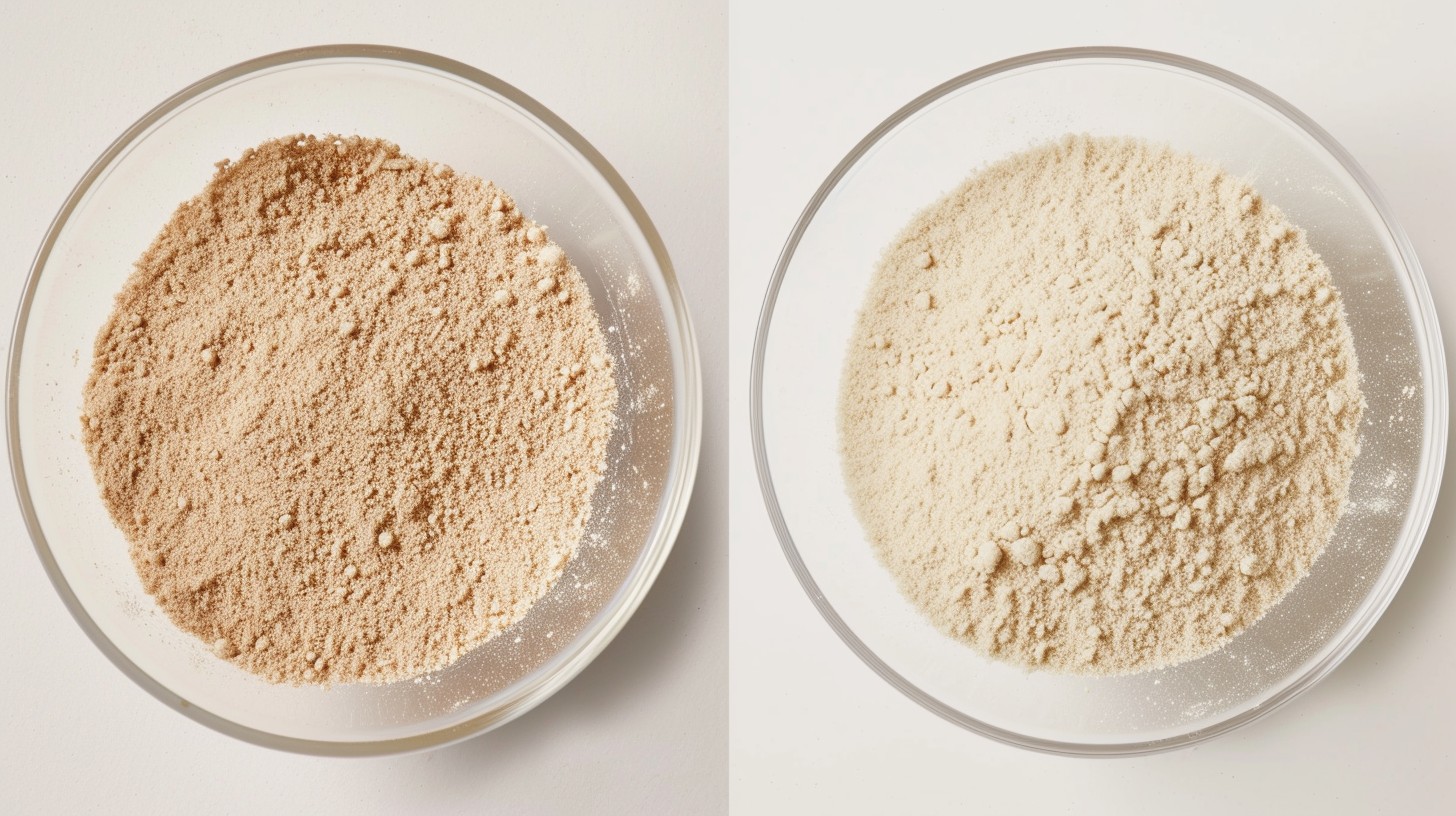Introduction
N-acetyl-d-glucosamine (GlcNAc) and Chitosan are closely related compounds with significant roles in biomedicine, agriculture, and environmental science. Both derive from chitin, a natural polymer found in the exoskeletons of arthropods and insects. This article explores N-Acetyl-D-Glucosamine and Chitosan, delving into their chemical structures, properties, and diverse applications and examining their potential future developments.
- N-Acetyl-D-Glucosamine (GlcNAc)
1.1 Chemical Structure and Properties
N-acetyl-d-glucosamine (GlcNAc) is an amino sugar with the chemical formula C8H15NO6. It is derived from glucose by adding an acetyl group (-COCH3) to the amino group on the glucosamine molecule. The structure consists of a glucosamine unit with an acetyl group attached to the nitrogen atom, giving it distinctive chemical properties.
GlcNAc is a critical component of glycosaminoglycans (GAGs) and glycoproteins. It is highly soluble in water, and its hydroxyl and amino groups participate in various biochemical interactions. This solubility and interaction capability make GlcNAc crucial in biological processes and applications.
1.2 Biological Functions and Benefits
1.2.1 Role in Cellular Functions
N-acetyl-d-glucosamine is a vital component of chitin and Chitosan and plays a significant role in cellular functions. It is integral to the structure of cell membranes and extracellular matrices, contributing to cellular integrity and communication. GlcNAc synthesizes glycosaminoglycans, which are essential for maintaining the extracellular matrix and supporting cell signaling.
1.2.2 Joint Health and Osteoarthritis
GlcNAc is a dietary supplement supporting joint health, particularly osteoarthritis management. It is believed to contribute to maintaining cartilage structure and function by supporting the synthesis of glycosaminoglycans like hyaluronic acid and proteoglycans. Clinical studies suggest that GlcNAc supplementation may help reduce symptoms of osteoarthritis, including pain and stiffness.
1.2.3 Skin Health and Aging
In skincare, N-Acetyl-D-Glucosamine enhances skin hydration and reduces signs of aging. It promotes hyaluronic acid synthesis, which is crucial for maintaining skin moisture and elasticity. Topical applications of GlcNAc can improve skin texture, reduce the appearance of fine lines, and support overall skin health.
- Chitosan
2.1 Chemical Structure and Properties
Chitosan is a biopolymer obtained by the deacetylation of chitin, a significant component of the exoskeletons of crustaceans and insects. The chemical structure of Chitosan consists of β-(1→4)-linked D-glucosamine and N-acetyl-D-glucosamine units. The degree of deacetylation affects its solubility and functional properties.
Chitosan is characterized by its cationic nature at physiological pH, allowing it to interact with negatively charged substances. This property and its biodegradability and biocompatibility make Chitosan suitable for various applications.
2.2 Applications
2.2.1 Biomedical Applications
Chitosan’s biocompatibility and biodegradability make it valuable in biomedical fields. It is used in drug delivery systems, where its ability to encapsulate and release drugs in a controlled manner enhances therapeutic efficacy. Chitosan nanoparticles and microspheres are designed for targeted drug delivery, reducing side effects and improving treatment outcomes.
In tissue engineering, Chitosan serves as a scaffold material for cell growth and tissue regeneration. Its properties support cell adhesion and proliferation, making it helpful in creating artificial tissues and organs. Chitosan-based materials are also employed in wound dressings due to their antimicrobial properties and ability to maintain a moist wound environment.
2.2.2 Weight Management
Chitosan is often used in dietary supplements aimed at weight management. It is believed to bind nutritional fats and reduce their absorption in the digestive tract. This fat-binding ability, attributed to Chitosan’s cationic nature, may contribute to weight loss and improved metabolic health.
2.2.3 Environmental Applications
In environmental science, Chitosan is utilized for water treatment and pollution control. Its ability to adsorb heavy metals and pollutants makes it valuable for removing contaminants from wastewater. Chitosan-based materials are also used in soil conditioning and erosion control, contributing to environmental conservation.
- Comparative Analysis: N-Acetyl-D-Glucosamine vs. Chitosan
While N-acetyl-d-glucosamine and Chitosan are chemically related, they differ significantly in their properties and applications. GlcNAc, as an amino sugar, primarily supports joint health, skin health, and cellular functions. Its role in glycosaminoglycan synthesis and skin hydration underscores its importance in wellness and cosmetic applications.
With its cationic and biodegradable properties, Chitosan finds diverse applications in biomedicine, weight management, and environmental science. Its versatility is highlighted by its use in drug delivery systems, wound care, and pollution control.
- Future Directions and Research
4.1 Advancements in Drug Delivery Systems
Research into drug delivery systems continues to evolve. Combining N-Acetyl-D-Glucosamine with Chitosan-based delivery systems could enhance the efficacy of therapeutic agents. Innovations in nanotechnology and materials science aim to improve targeting and controlled release mechanisms, leading to more effective treatments for various medical conditions.
4.2 Development of Novel Health Products
Exploring new health products utilizing N-Acetyl-D-Glucosamine and Chitosan is an active research area. For GlcNAc, this includes developing supplements and functional foods that support joint health and skin repair. For Chitosan, research focuses on creating innovative dietary supplements and functional materials that leverage its fat-binding and metabolic benefits.
4.3 Environmental and Sustainable Practices
The integration of N-acetyl-d-glucosamine and Chitosan into sustainable practices is gaining attention. Research into biodegradable materials and eco-friendly products could advance waste management and environmental conservation. Both compounds’ properties could be harnessed to address contemporary environmental challenges.
Conclusion
N-acetyl-d-glucosamine and Chitosan are two remarkable compounds with diverse applications and significant benefits. GlcNAc’s role in supporting joint health, skin health, and cellular functions highlights its importance in wellness and cosmetic fields. Chitosan’s versatility in biomedicine, weight management, and environmental applications underscores its value across multiple industries.
As research continues to explore new potential uses and advancements, both N-Acetyl-D-Glucosamine and Chitosan are poised to contribute significantly to science and technology. Their unique properties and diverse applications position them as key players in addressing health, environmental, and industrial challenges.

